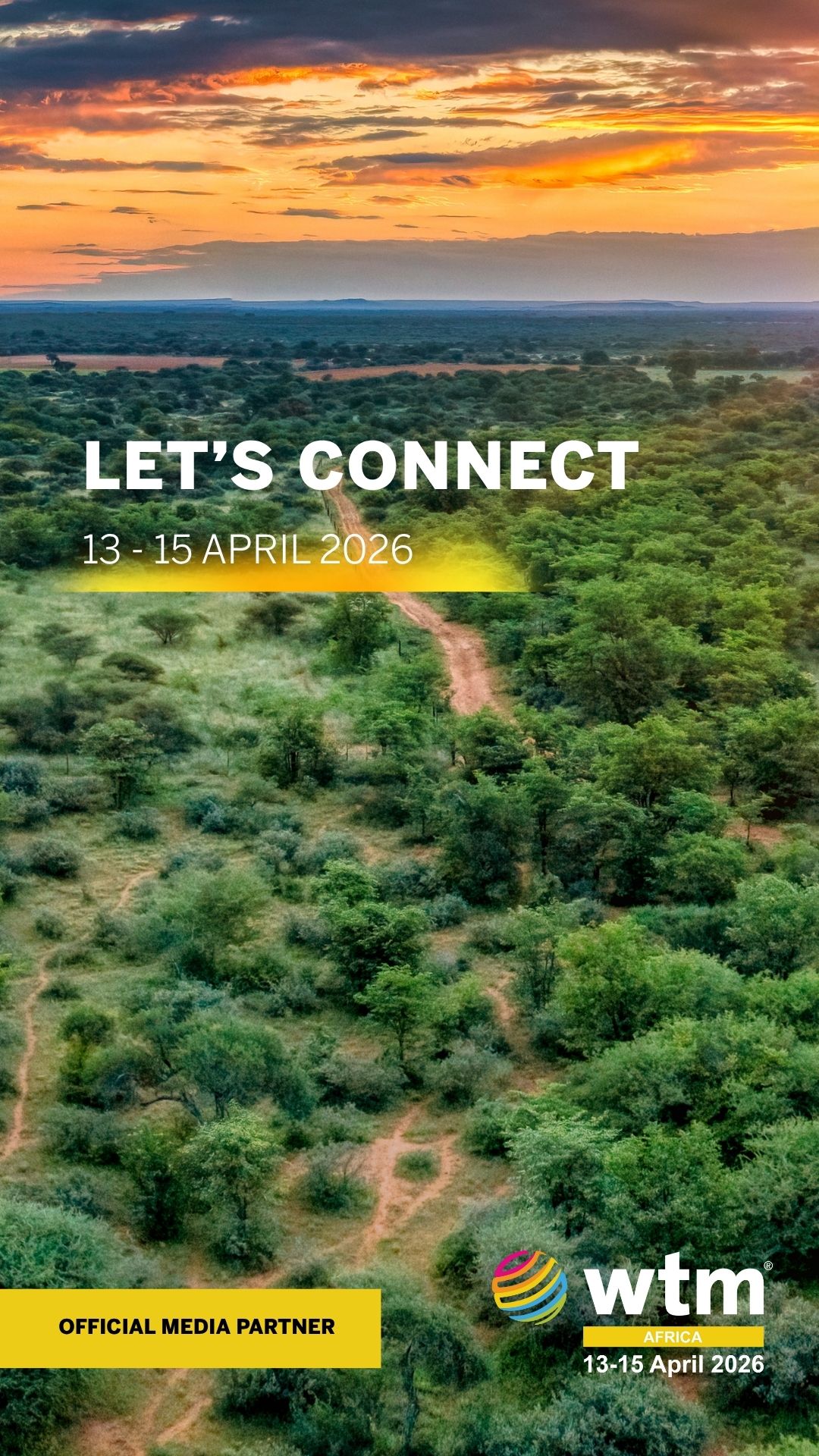Every May, Africa stands united to commemorate Africa Month, a momentous occasion that pays tribute to the rich tapestry of cultures, the profound heritage, and the triumphant stories woven across the continent.
However, beyond the celebrations we must relentlessly strive to shape an Africa of unwavering prosperity, one that will ignite pride in the hearts of generations to come. And at the forefront of this mission lies the imperative to ensure the resounding success of the African Continental Free Trade Area (AfCFTA). This groundbreaking and potentially game-changing pact holds the power to unleash an economic revolution—ushering in unparalleled progress and prosperity like never before. We cannot afford to falter in our unwavering dedication to this cause.
For SA and for most of the continent, a key aspect for reaping the full benefits of the AfCFTA and securing a brighter future lies in moving quickly to ensure a stable and sustainable energy supply— a crucial foundation for any modern economy.
With a population of about 1.3 billion people and a combined GDP of approximately $3.4 trillion, the AfCFTA, phase 1 of which is starting to see incremental implementation despite some key unresolved negotiations on rules of origin and tariff schedules, has the potential to become an unparalleled titan of free trade agreements. It seeks to gradually eliminate tariffs on 90% of goods and reduce trade barriers. Global trade body, the UN Conference of Trade and Development, estimates that the agreement could boost intra-African trade by about 33% and cut the continent’s trade deficit by 51%. According to a World Bank report, the AfCFTA could raise the incomes of African countries by 7%, or $450bn, by 2035, reducing the number of people living in extreme poverty by 40 million, to 277 million. These numbers underscore the immense economic benefits that can be harnessed through enhanced regional trade and integration.

The ambitious trade pact presents a golden opportunity for SA to expand its trade and drive the economy to new heights. As the gateway to the African market, we have the potential to become a thriving hub for investment and commerce.
However, our industries are currently held back by frequent power outages, an unreliable energy supply, and an excessive reliance on fossil fuels—which is unsustainable. These limitations have stifled innovation, hampered job creation, and eroded our competitiveness on the global stage. Inefficient energy systems result in higher production costs, making our goods less competitive in key markets. It’s evident that without a sustainable and adequate energy supply, our industries cannot meet the demands of increased trade under the AfCFTA, severely limiting their growth and stifling job opportunities.
Energy crunch tops worry list, but there is a glimmer of hope
To truly unlock the benefits of the AfCFTA, SA and indeed the whole continent must make a comprehensive energy strategy a top priority. This strategy should involve diversifying the energy mix, increasing investments in renewable sources, and improving infrastructure. Solving the energy crisis cannot be achieved in isolation; it requires collaboration between governments, private sector entities, and international partners. We should actively seek partnerships to leverage expertise, technological advancements, and financial resources. Through regional cooperation and knowledge sharing, we can enhance energy security across Africa, enabling the AfCFTA to unleash its transformative potential.
To unlock the full potential of the AfCFTA, we must tackle the energy crisis head-on, swiftly, and decisively. This demands bold action from government stakeholders, decision-makers, and all concerned parties. Fortunately, recent efforts to address the energy crisis in SA provide a glimmer of hope. The government’s commitment to diversify the energy mix through increased investments in renewable energy projects is a positive step. This will invite private players to enter the market and potentially offer a more stable and affordable energy supply in the future. The commitment to diversify signifies a shift toward a sustainable and reliable energy sector. While Eskom’s restructuring is a step in the right direction, progress has been slow, and immediate action is imperative.
SA’s abundant renewable energy potential is a trump card that must be utilised repeatedly to overcome the energy crisis. Abundant sunshine and wind resources grace the nation, positioning it as an optimal contender for groundbreaking and ambitious ventures in solar and wind power on a grand scale.
Therefore, it is heartening to note that the Presidential Climate Commission, a diverse coalition tasked with advising on climate change response, has unequivocally underscored the urgency of securing a sustainable energy supply. In a resounding call to action conveyed through their report in May, the commission emphasised that electricity is the lifeblood of progress and must assume the mantle of a national imperative. It must be made affordable and dependable, catering to the needs of every citizen without exception.
The commission further stated that energy planning should consider climate change mitigation due to the magnitude of climate risk. Energy security, access, and environmental and social sustainability should be key considerations for policymakers. Failing to account for climate considerations would expose South African citizens, particularly the poor, to more frequent and severe climate impacts, hinder trade competitiveness, and limit access to capital.
The commission also emphasised that electricity planning should be based on least cost pathways. All reviewed models demonstrated that the least cost energy model would involve investments in variable renewable energy (wind and solar), storage (batteries and pumped hydro), and peaking support. None of the models involved new coal, nuclear, or high utilisation of gas.
In the Western Cape, provincial authorities and local councils are making great strides to enhance energy availability. The recent introduction of “wheeling” by the city of Cape Town allows surplus electricity generated by local businesses to be shared with neighbouring communities, promoting resilience, and reducing dependence on the national power utility for a more reliable supply.
In May, the Western Cape government announced its plans to mitigate the impact of loadshedding by installing containerized solar photovoltaic (PV) cells and battery storage. These portable shipping containers integrate solar panels and energy storage units, offering mobile and rapid installation solutions. This initiative is part of the broader Western Cape Energy Resilience Programme, aiming to minimise the effects of loadshedding.
Energy security holds particular significance for the Western Cape, a major economic hub with key sectors such as agriculture, manufacturing, and services. With its contribution of approximately 14% to SA’s GDP, the Western Cape will also play a significant role within the AfCFTA framework.
Bolder and comprehensive actions still needed
The current measures taken to address the energy crisis are praiseworthy, but they fall short. We need bolder and more comprehensive actions. The government must urgently expand renewable energy production and upgrade the grid infrastructure. To attract private investment and encourage innovation in the energy sector, policy frameworks must be streamlined. Collaborating with the private sector and international partners is vital for rapid progress and ensuring a sustainable, secure, and affordable energy supply.
Additionally, we must prioritise developing the skills and capacity of the energy sector. By nurturing a skilled workforce, we can accelerate project implementation and ensure the long-term sustainability of its energy infrastructure. Effective partnerships with educational institutions and industry stakeholders are crucial to address the skills gap. Given the urgency of the situation, a more aggressive approach to resolve the energy crunch is needed. Superficial measures and procrastination will not suffice, especially if we aspire for the AfCFTA to thrive in its true essence.
In May, Wesgro, in partnership with the Western Cape provincial government and Mazars SA, hosted the Africa Day business networking forum. The aim was to emphasise the importance of trade in services under the AfCFTA and position the Western Cape as a significant trade and conventions destination within Africa. In 2021, the rest of Africa was the Western Cape’s second-largest export region, with exports worth R46.58bn, and 20% of FDI projects flowing from the province to the rest of the continent. By implementing the right policies, especially to boost energy supply within the AfCFTA framework, we can significantly increase these figures.
A beacon of hope
As we assess our progress and envision a brighter future, the AfCFTA stands as a beacon of hope for SA’s and Africa’s prosperity. To ensure its success, we must prioritise securing a stable and sustainable energy supply, which will pave the way for economic growth, job creation, and improved living standards.
The effective implementation of the AfCFTA will streamline trade regulations, customs procedures, and remove barriers, fostering a thriving environment for intra-Africa trade and appealing investment opportunities. Through regional cooperation and market integration, it can enable economies of scale, attracting investors to tap into Africa’s expanding energy demand. This could fuel more energy sector investments, establishing Africa as an energy secure region and an industrial powerhouse.
SA and the continent at large has the potential to contribute significantly to economic growth, create numerous job opportunities, and drive the AfCFTA to great success by fostering a business-friendly ecosystem. With the right approach and a stable and sustainable power supply, we can forge a prosperous continent that shall inspire pride in generations to come.
Author: Wrenelle Stander
Wrenelle Stander is CEO of Wesgro, the Western Cape’s tourism, trade and investment promotion agency.







